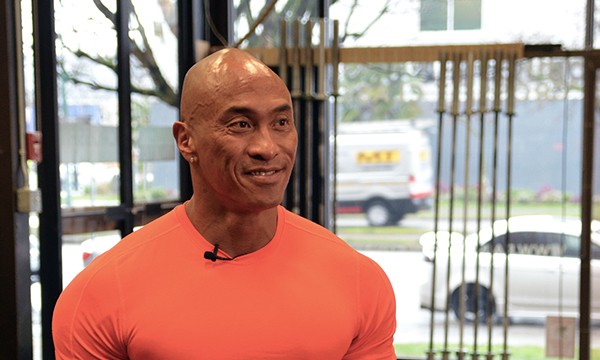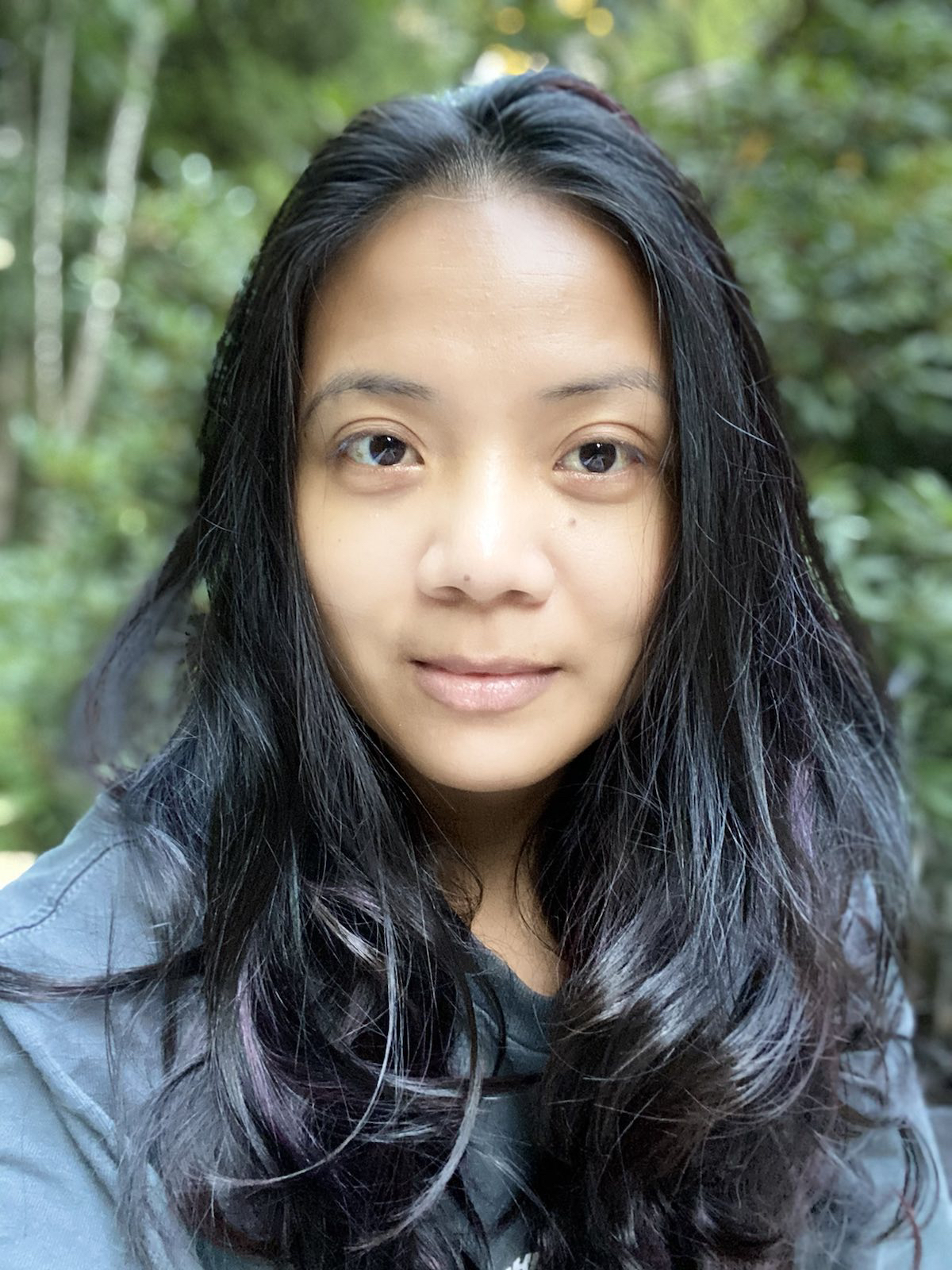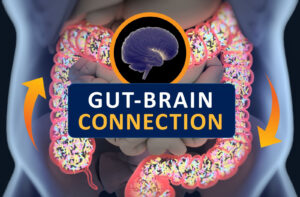We know from the correspondence we have received from our social media channels and email that some of you are interested in the science behind fulvic acid. In most –if not all– our blog posts, we add links and citations to various scientific papers on the efficacy and therapeutic potential of fulvic acid. We are an evidence-based company and we think it is important that you have access to this information. We thought it would be a good idea to publish a list of some of the more interesting ones we have found.
Note that there are literally hundreds of papers studying fulvic and humic acids and shilajit – the ancient Ayurvedic treatment that has intrigued so many scientists in the worlds of nutrition, neurology, and pharmacology. We know these papers are highly technical, but I think you might find some of them interesting. So brew up some tea and have a good read!
References
1.
Cornejo A, Jiménez JM, Caballero L, Melo F, Maccioni RB. Fulvic acid inhibits aggregation and promotes disassembly of tau fibrils associated with alzheimer’s disease. Journal of Alzheimer’s Disease. 2011;27(1):143–153. [PubMed] [Google Scholar]
2.
Ghosal S. Chemistry of shilajit, an immunomodulatory Ayurvedic rasayan. Pure and Applied Chemistry. 1990;62(7):1285–1288. [Google Scholar]
3.
N. Chopra R, C. Chopra I, L. Handa K, D. Kapoor K. In Indigenous Drugs of India. Calcutta, India: U.N. Dhar & Sons; 1958. [Google Scholar]
4.
Agarwal SP, Khanna R, Karmarkar R, Anwer MK, Khar RK. Shilajit: a review. Phytotherapy Research. 2007;21(5):401–405. [PubMed] [Google Scholar]
5.
Ghosal S, Reddy JP, Lal VK. Shilajit I: chemical constituents. Journal of Pharmaceutical Sciences. 1976;65(5):772–773. [PubMed] [Google Scholar]
6.
Khanna R, Witt M, Khalid Anwer M, Agarwal SP, Koch BP. Spectroscopic characterization of fulvic acids extracted from the rock exudate shilajit . Organic Geochemistry. 2008;39(12):1719–1724.[Google Scholar]
7.
Mittal P, Kaushik D, Gupta V, Bansal P, Khokra S. Therapeutic potencial of “Shilajit Rasayana”—A Review. International Journal of Pharmaceutical and Clinical Research. 2009;1(2):47–49.[Google Scholar]
8.
M. S. Islam K, Schumacher A, M. Gropp J. Humic acid substances in animal agriculture. Pakistan Journal of Nutrition. 2005;4:126–134. [Google Scholar]
9.
Vucskits AV, Hullár I, Bersényi A, Andrásofszky E, Kulcsár M, Szabó J. Effect of fulvic and humic acids on performance, immune response and thyroid function in rats. Journal of Animal Physiology and Animal Nutrition. 2010;94(6):721–728. [PubMed] [Google Scholar]
10.
Schepetkin IA, Xie G, Jutila MA, Quinn MT. Complement-fixing activity of fulvic acid from shilajitand other natural sources. Phytotherapy Research. 2009;23(3):373–384. [PMC free article] [PubMed] [Google Scholar]
11.
Kong YC, But PPH, Ng KH, et al. Chemical studies on a Nepalese Panacea—shilajit (I) International Journal of Crude Drug Research. 1987;25(3):179–182. [Google Scholar]
12.
Ghosal S, Lal J, Singh SK, Goel RK, Jaiwal AK, Bhattacharya SK. The need for formulation of shilajitby its isolated active constituents. Phytotherapy Research. 1991;5(5):211–216. [Google Scholar]
13.
Ghosal S, Mukherjee B, K. Bhattacharya S. Shilajit—a comparative study of the ancient and the modern scientific findings. Indian Journal of Indigenous Medicine. 1995;17:1–10. [Google Scholar]
14.
Ghosal S, Singh SK, Kumar Y, et al. Shilajit. 3. Antiulcerogenic of fulvic acids and 4-methoxy-6-carbomethoxybiphenyl isolated from shilaji. Phytotherapy Research. 1988;2(4):187–191. [Google Scholar]
15.
Ghosal S, Lata S, Kumar Y, Gaur B, Misra N. Interaction of shilajit with biogenic free radicals. Indian Journal of Chemistry B. 1995;34:596–602. [Google Scholar]
16.
Bhattacharya SK, Sen AP. Effects of shilajit on biogenic free radicals. Phytotherapy Research. 1995;9(1):56–59. [Google Scholar]
17.
K. Jaiswal A, K. Bhattacharya S. Effects of shilajit on memory, anxiety and brain monoamines in rats. Indian Journal of Pharmacology. 1992;24:12–17. [Google Scholar]
18.
Bhattacharya SK. Shilajit attenuates streptozotocin induced diabetes mellitus and decrease in pancreatic islet superoxide dismutase activity in rats. Phytotherapy Research. 1995;9(1):41–44. [Google Scholar]
19.
Wang C, Wang Z, Peng A, Hou J, Xin W. Interaction between fulvic acids of different origins and active oxygen radicals. Science in China, Series C. 1996;39(3):267–275. [PubMed] [Google Scholar]
20.
Ghosal S, Lal J, Singh SK, et al. Mast cell protecting effects of shilajit and its constituents. Phytotherapy Research. 1989;3(6):249–252. [Google Scholar]
21.
Acharya SB, Frotan MH, Goel RK, Tripathi SK, Das PK. Pharmacological actions of shilajit . Indian Journal of Experimental Biology. 1988;26(10):775–777. [PubMed] [Google Scholar]
22.
Shalini, Srivastava R. Antifungal activity screening and hplc analysis of crude extract from Tectona grandis, shilajit, Valeriana wallachi. Electronic Journal of Environmental, Agricultural and Food Chemistry. 2009;8(4):218–229. [Google Scholar]
23.
Mirza MA, Agarwal SP, Rahman MA, et al. Role of humic acid on oral drug delivery of an antiepileptic drug. Drug Development and Industrial Pharmacy. 2011;37(3):310–319. [PubMed] [Google Scholar]
24.
Meena H, K. Pandey H, C. Arya M, Ahmed Z. Shilajit: a panacea for high-altitude problems. International Journal of Ayurveda Research. 2010;1(1):37–40. [PMC free article] [PubMed] [Google Scholar]
25.
Wilson E, Rajamanickam GV, Dubey GP, et al. Review on shilajit used in traditional Indian medicine. Journal of Ethnopharmacology. 2011;136(1):1–9. [PubMed] [Google Scholar]
26. Rowland D. Vitamin/mineral composition. US Patent no. 5405613,1995.
27. Ghosal S. Herbo-Mineral compositions. US Patent application no. 20030198695, 2002.
28. Ghosal S. Process for preparing purified shilajit from native shilajit . US Patent no. 6440436, 2002.
29. Ghosal S. Delivery system for pharmaceutical, nutritional and cosmetic ingredient. US Patent no. 6558712, 2003.
30. B. Maccioni R, Quiñones L, Saavedra I, Sandoval R. Nutraceutical composition that comprises extract of shilajit, folic acid, vitamin B12 and vitamin B6 and the use thereof for preventing and/or treating neurodegenerative disease and/or the cognitive deterioration association with cerebral aging. WO 2011/041920. PCT/CL2010/000043 April, 14. 2011.
31.
Saper RB, Phillips RS, Sehgal A, et al. Lead, mercury, and arsenic in US- and Indian-manufactured Ayurvedic medicines sold via the internet. Journal of the American Medical Association. 2008;300(8):915–923. [PMC free article] [PubMed] [Google Scholar]
32.
Kales SN, Saper RB. Ayurvedic lead poisoning: an under-recognized, international problem. Indian Journal of Medical Sciences. 2009;63(9):379–381. [PubMed] [Google Scholar]
33.
Singh S, Mukherjee KK, Gill KD, Flora SJS. Lead-induced peripheral neuropathy following ayurvedic medication. Indian Journal of Medical Sciences. 2009;63(9):408–410. [PubMed] [Google Scholar]











